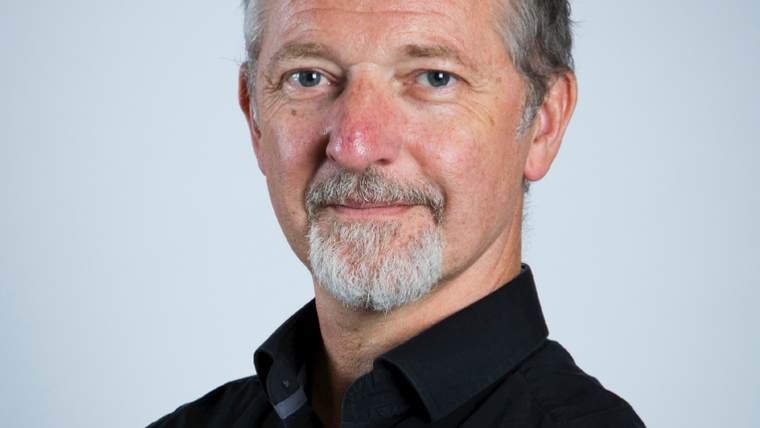James Kavanagh on geospatial challenges and the role of technology
We asked James Kavanagh, head of land & resources with The Royal Institution of Chartered Surveyors (RICS), about the challenges facing the geospatial industry, the technological developments that will drive the mapping and surveying profession, and the types of survey projects that will be paramount for RICS. He also shares his perspectives on whether surveyors will be replaced by robotization and AI, and how RICS prioritizes technology investments.
What do you see as the biggest challenges for the geospatial industry as a whole in the coming years?
I think that the geospatial industry is facing a number of challenges, but the biggest is a lack of professional and technical capacity. Most, if not all countries – and certainly the global south nations – have an enormous gap in geospatial and surveying capacity. We need more graduates – not necessarily specialists, but well-rounded professionals.
Looking at the mapping and surveying profession, which technological developments do you expect to be the main drivers in the coming years?
I can see augmented reality, digital twins – which is a much more user-friendly term than ‘smart cities’ or BIM) – and machine learning/AI becoming increasingly important. Moreover, data visualization is at another level. We can already process previously unthinkable amounts of geospatial data, and this will support the shift towards meta data.
Will surveyors have been replaced by robotization and AI in ten years’ time?
I don’t expect so, because surveyors are nothing if not adaptable. We have seen off multiple perceived threats – GNSS, drones, laser scanning, EDM, EO, optical/mechanical instruments – and are adept at taking new technology and customizing it for our surveyors’ ‘kit bag’. Robots and AI offer all kinds of possibilities for surveyors, but above all they can take the hard work out of geospatial data capture and post-processing. A professional surveyor’s intelligent eye will always be needed to guide AI and robotic applications: a human-based ‘control’ ecosystem, much like the classical principles of surveying.
Which types of survey projects are paramount for your organization in the coming years?
There are many, including land registration, cadastral land administration and compulsory purchase, issues of dispute resolution, and multi-sensor applications (UAV/aerial/EO). In terms of GNSS standards, we have a new third edition standard coming out this year. Geospatial support for climate change adaptation and resilience will be also high on the agenda as we move from a fossil fuel economy to a more sustainable new zero model.
How will you prioritize technology investments in your organization over the next couple of years?
As a professional institution, RICS is more about operationalizing and keep a watching brief on technology developments. It is key for our professional members that they keep up to date, although geospatial surveyors can’t help but be up to date. We hope to see some exciting new geospatial tech advances at this year’s editions of Geo Business and Intergeo.


Value staying current with geomatics?
Stay on the map with our expertly curated newsletters.
We provide educational insights, industry updates, and inspiring stories to help you learn, grow, and reach your full potential in your field. Don't miss out - subscribe today and ensure you're always informed, educated, and inspired.
Choose your newsletter(s)
























